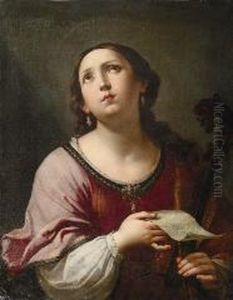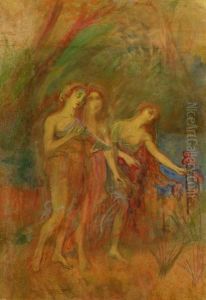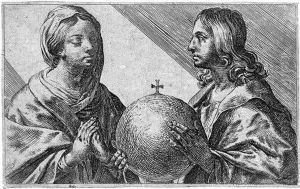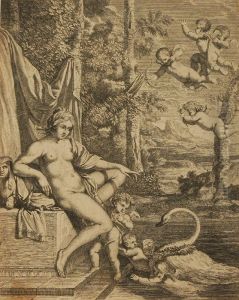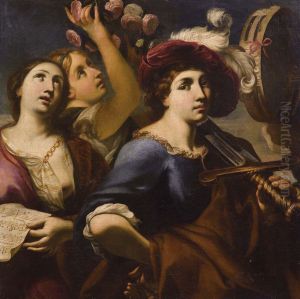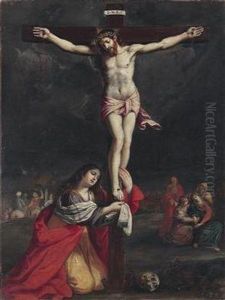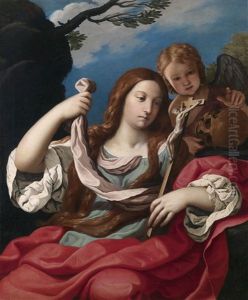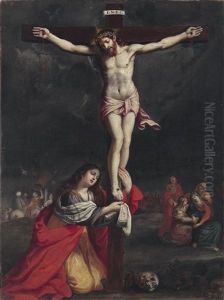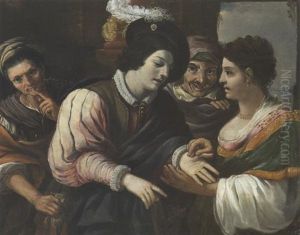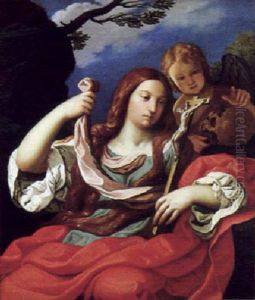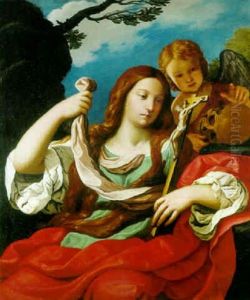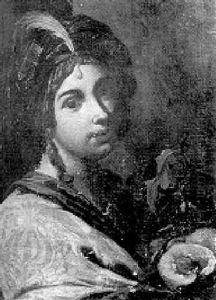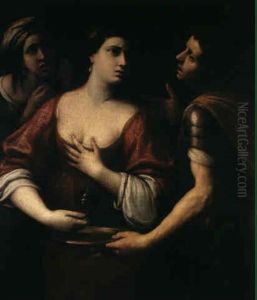Lodovico Lana Paintings
Lodovico Lana was an Italian painter active during the Baroque period, born in 1597 in Modena, a city known for its rich artistic and cultural heritage in the heart of Italy. His artistic journey is intertwined with the cultural and political dynamics of early 17th-century Italy, a time when the Baroque style was flourishing, characterized by dramatic use of light and shadow, rich coloration, and dynamic compositions. Lana's contribution to this artistic movement, though not as widely recognized as some of his contemporaries, remains significant for its unique qualities and regional influence.
Lana's early life and training are not thoroughly documented, but it is known that he was influenced by the works of the Carracci family and Guido Reni, leading figures in the development of the Baroque style. His style also suggests an awareness of the works of Correggio and the naturalism of Caravaggio, blending these influences into a distinctive approach that favored religious subjects, portraits, and still lifes, executed with a keen attention to detail and a subtle use of light.
Throughout his career, Lana worked primarily in and around Modena, contributing to the local artistic landscape through his work on religious commissions and his engagement with prominent families of the area. His paintings can be found in various churches and collections in Modena and its surroundings, where his skill in depicting religious themes and his ability to capture the human form and emotion won him commissions and admiration.
One of Lana's most notable works is the 'Miracle of the Loaves and Fishes,' a testament to his ability to convey biblical stories with emotional depth and a sense of immediacy. His portraits, too, are highly regarded for their introspective quality and the nuanced portrayal of his subjects, reflecting the Baroque interest in the psychological depth.
Lodovico Lana's death in 1646 marked the end of a career that, while perhaps not as celebrated as some of his contemporaries, contributed significantly to the cultural and artistic heritage of Modena and the broader Italian Baroque movement. His works continue to be studied and appreciated for their craftsmanship, their emotive power, and their place within the complex tapestry of 17th-century Italian art.
